TikTok brings Gamified Branded Effects, Facebook adds a new privacy layer to Messenger, Snapchat releases the first Mini App and more.
TikTok gives brands another way to connect with the audiences - Gamified Branded Effects.
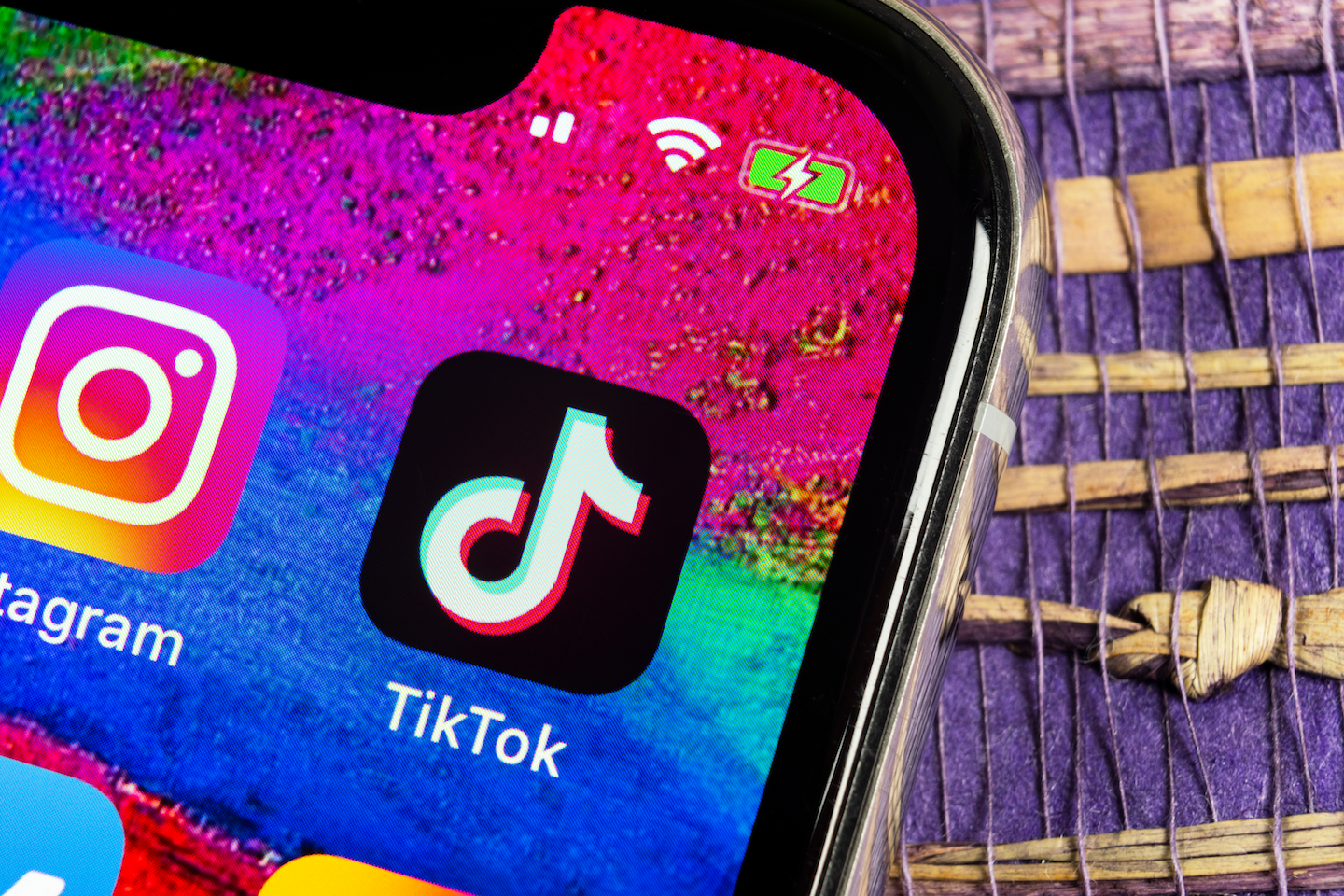
This week, TikTok announced the rollout of its brand new Gamified Brand Effect format.
“Now, more than ever, brands are continuing to look for ways to connect with a stay-at-home audience, and we’ve seen an increased interest from advertisers who are looking to gamify their brand message as a fun tool to engage with the TikTok community in a positive way.”
Gaming has been a go-to trend on TikTok over that last year, making it a great new way to interact with users on the platform. Who better to take advantage of this than brands?
It works in the way that brands can get creative and launch gamified campaigns based on over 20 different formats, directly within the TikTok self-serve ad platform. The sound-on experience will challenge users to use their facial expressions, body postures, or other movements to control and interact with branded gamified elements.
New privacy section on Facebook Messenger lets your lock your chats with Face ID or Touch ID.
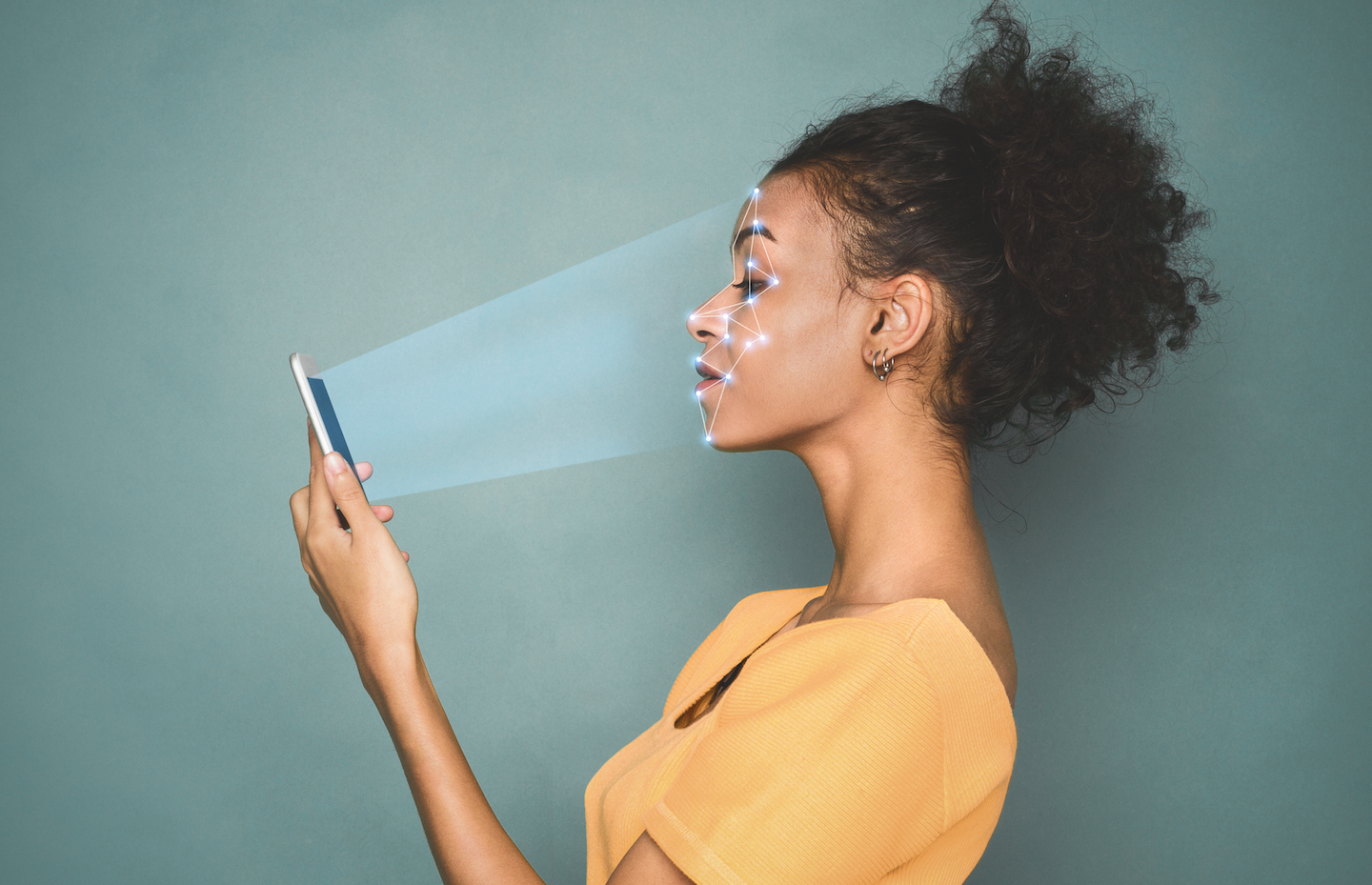
Never enough privacy, especially when it comes to social media! That's exactly why Facebook made our Messenger chats more private than ever.
When opening Messenger on an iOS device, company has added another privacy layer in a form of 'App Lock', a new feature that locks Facebook Messenger right upon or shortly after closing, requiring you to use Face ID or Touch ID to re-open it and get access to your chats.
This addition is part of a new Privacy section that Facebook has added to Messenger and, aside from the ability to lock the app, the new section also makes it easier to manage blocked users. It also provides you with better access to an underused feature: Secret Conversations.
App Lock will be available to Android users in the upcoming months.
Facebook tests a new way to raise money on Instagram.
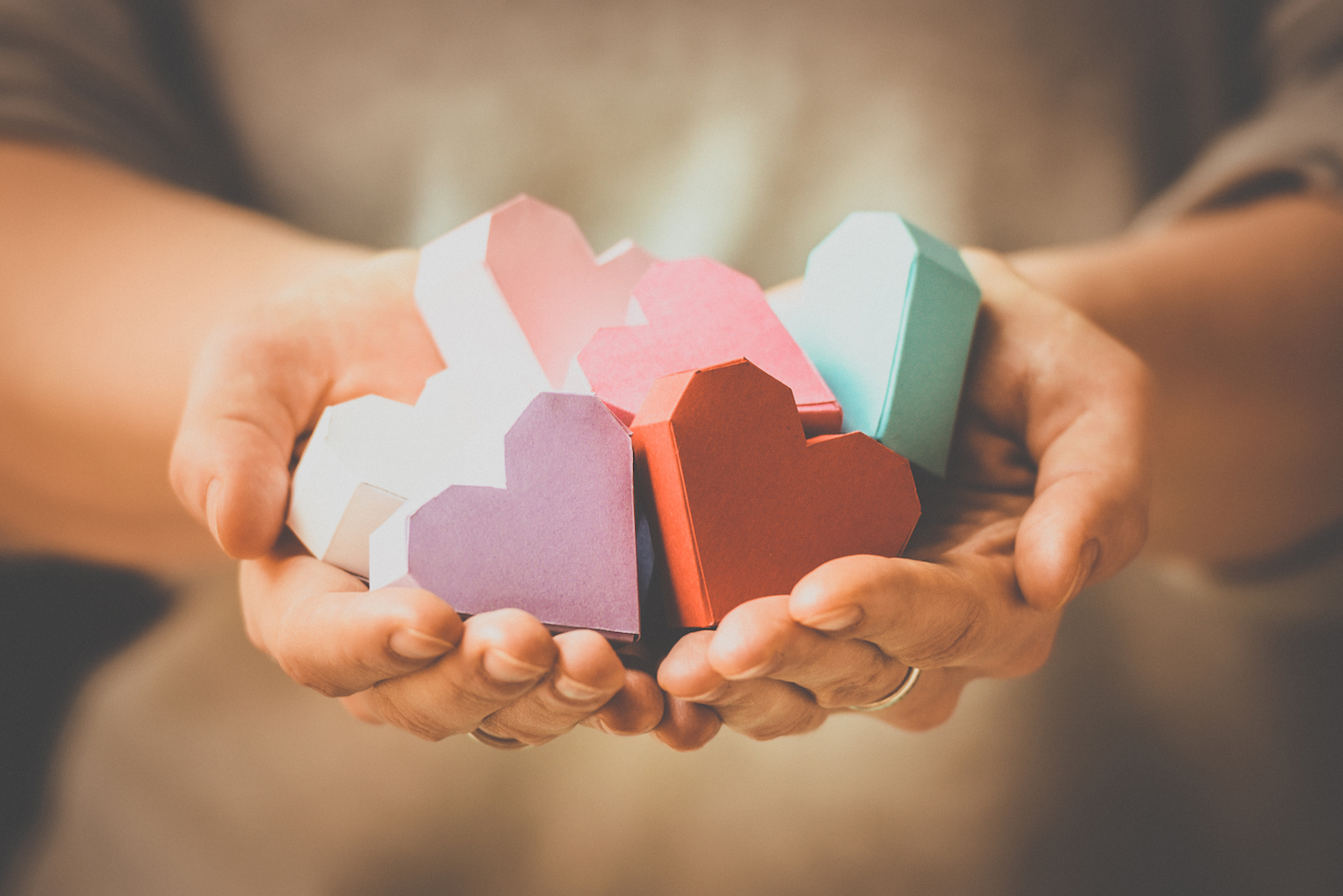
We have been raising money for personal causes on Facebook for quite some time but this week, the company released a similar feature on Instagram, allowing users to create Personal Fundraisers. The feature completely different from the Donation Sticker, which allows users to raise money for official causes and non-profit organizations, is available as a part of a test in the US, UK, and Ireland.
In Facebook's words, more than $65 million have been raised for COVID-19 and racial justice fundraisers globally across both Instagram and Facebook since the beginning of 2020 and aside from that, donations on Instagram have doubled in the last 30 days in US.
Extending the ability to organize fundraisers on Instagram towards personal causes is a step in the right direction.
Snapchat comes out with the first Mini app this week - The Headspace Mini.
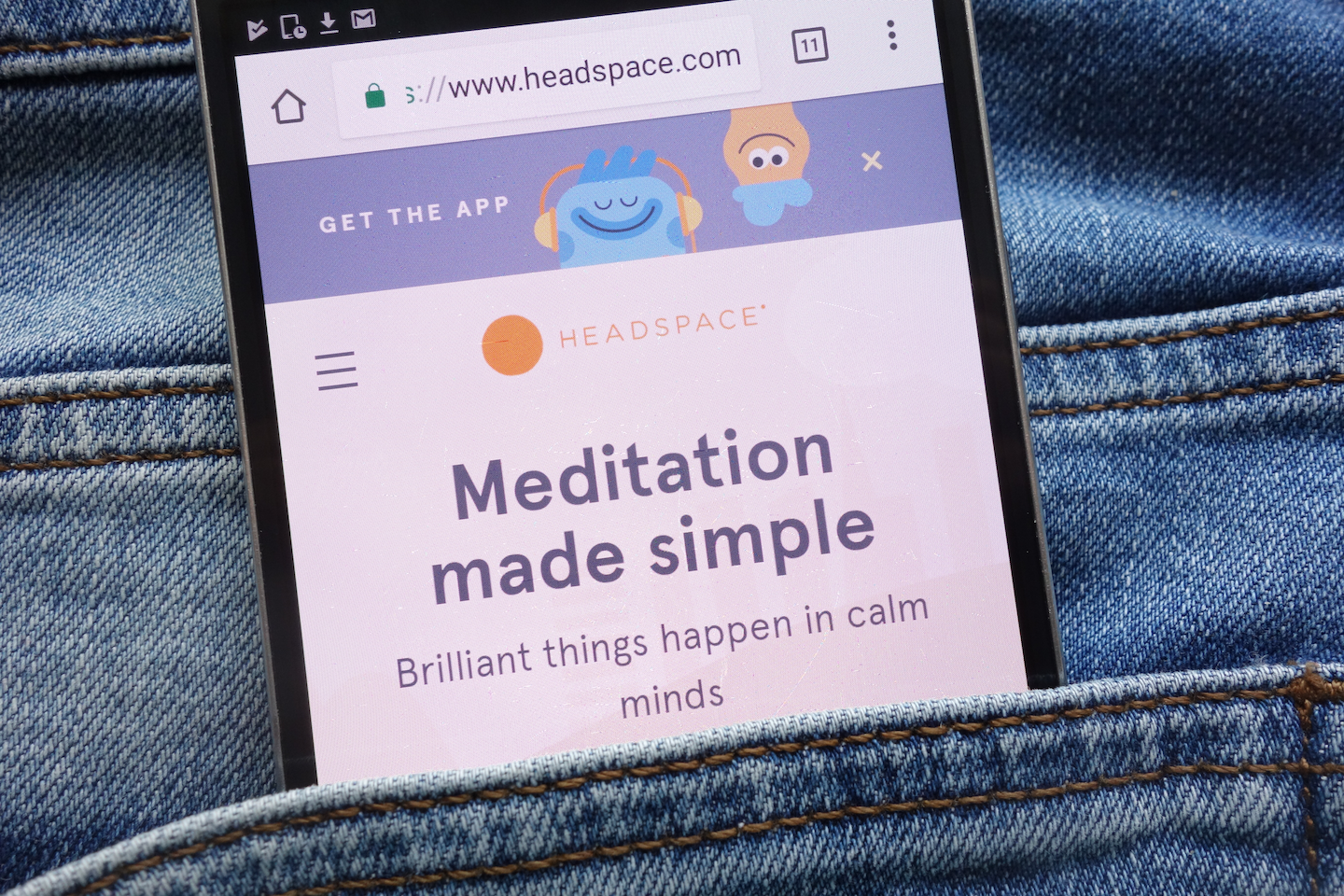
Snap is stepping up its game. Earlier this month, the platform announced the launch of a series which comes in form of small HTML-powered apps built by third-party developers – to run within Snapchat. The first and obvious choice in times like this was the one that aims to help support the mental health and emotional wellbeing of Snapchatters - built by meditation app Headspace.
Themes like “Just Breathe,” “Get Out of a Funk,” “Kick the Panic,” “Be Nice to You,” “Pressure to Succeed,” and “Me Time” are just some of the 3-4 min meditations available.
“We based the launch of the Headspace Mini on new research revealing that users who experience mental health problems turn to friends first, when dealing with stress, anxiety, depression, and many other emotional challenges.”
Micro-influencers are more cost effective than those with more followers.
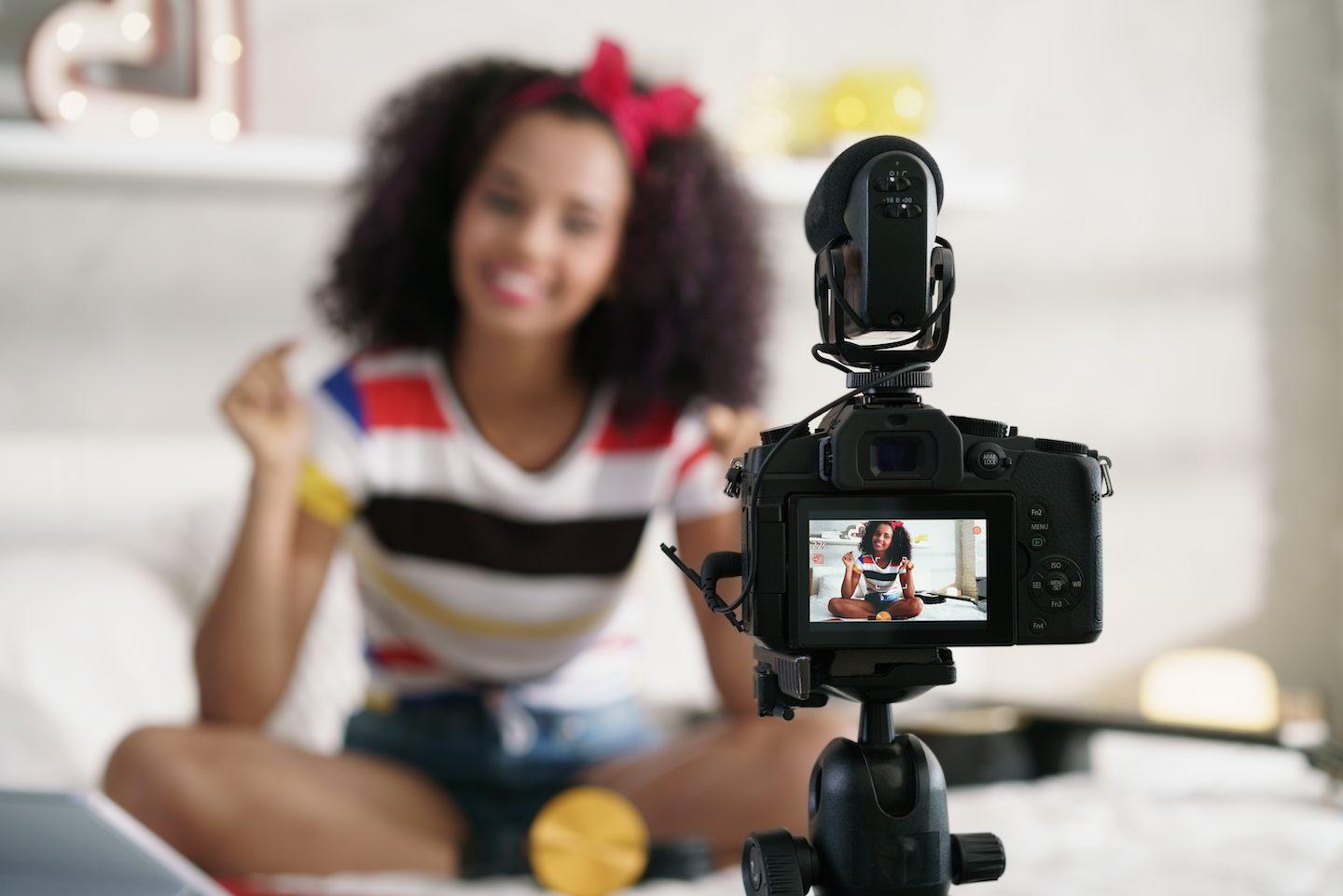
This year has been quite a roller coaster for marketers, and we still don't know what lays ahead. When it comes to designing a marketing funnel, you can’t push your traditional methods anymore. Thinking outside the box and picking up new techniques that can enhance your brand’s presence on the web is a way to go.
If you are experienced in influencer marketing, you’ll know why micro-influencers are the near future. Reaching out to mega-influencers is difficult, and you can’t expect them to review free samples that easily.
According to the latest article published by Forbes, micro-influencers who cater to your product niche have enough popularity to still be influential, and they also tend to have better engagement rates with their followers because they are less overwhelmed with sponsorship offers, which gives them the bandwidth to keep in touch with their followers. A study suggests that micro-influencers with around 30,000 followers have 60% higher engagement and are about 6.7 times more cost effective than influencers with more followers.
